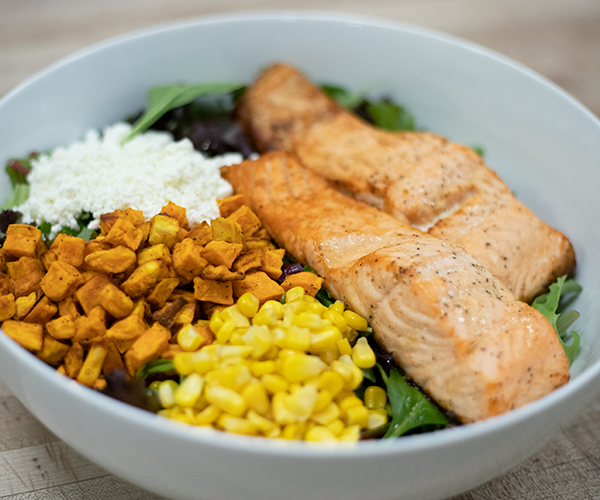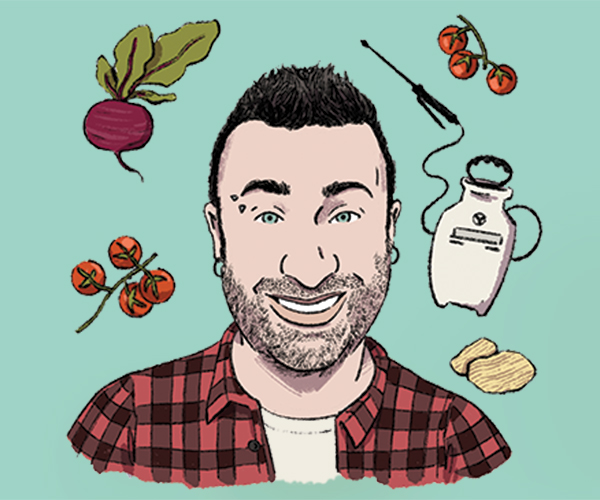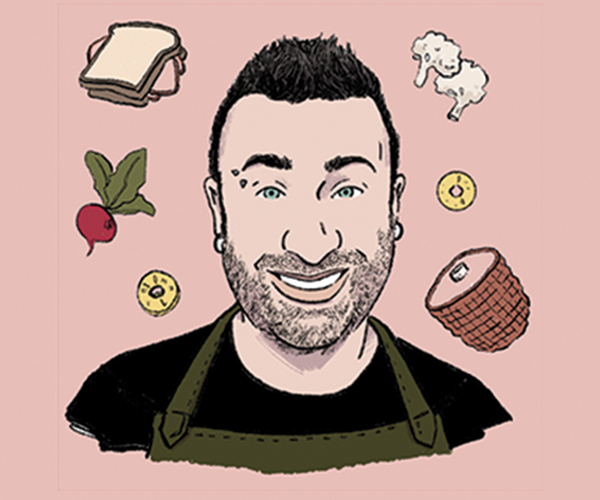How To: Choose Scallops and Cook Lobster
Choosing Scallops:
• There are two types of scallops: sea and bay. Sea scallops are generally larger and meatier and come from the North Atlantic coast or the Gulf of Mexico. Bay scallops are smaller, sweeter and more expensive. Sea scallops are most accessible for home cooks. (Chef Regan prefers the waters of the North Atlantic.)
• Always ask if the scallops are diver scallops. This means someone actually jumped into the ocean to get them as opposed to dragging a net along the bottom of the ocean.
• Scallops should be dry packed. This means they haven't been injected with any foreign fluids to bulk up their weight. Scallops that are not dry packed end up bleeding liquid all over the pan, and boil rather than get a nice sear.
• When choosing scallops the flesh should be firm and not have any cracks in it. Some scallops may have an orange or gray hue. Don't be concerned about this. Scallops are ocean filters and will open their shell and allow the sea current to flow through them. Some of the minerals found in seawater may concentrate in the scallop, giving it a different color.
• Scallops are sized by the count per pound. A "U-10" means there are 10 scallops per pound. Plan to pay between $10 and $14 per pound.
Cooking Lobster:
• Drop into a flavored liquid or a court bouillon, which could be as simple as water flavored with a little white wine, tobacco, Worcestershire and salt.
• Once the lobster is cooked, there is no wrong way to remove the meat from the shell, but I have found that using short, sharp scissors can be very useful.
home cooking
12:00 AM EST
February 4, 2008



